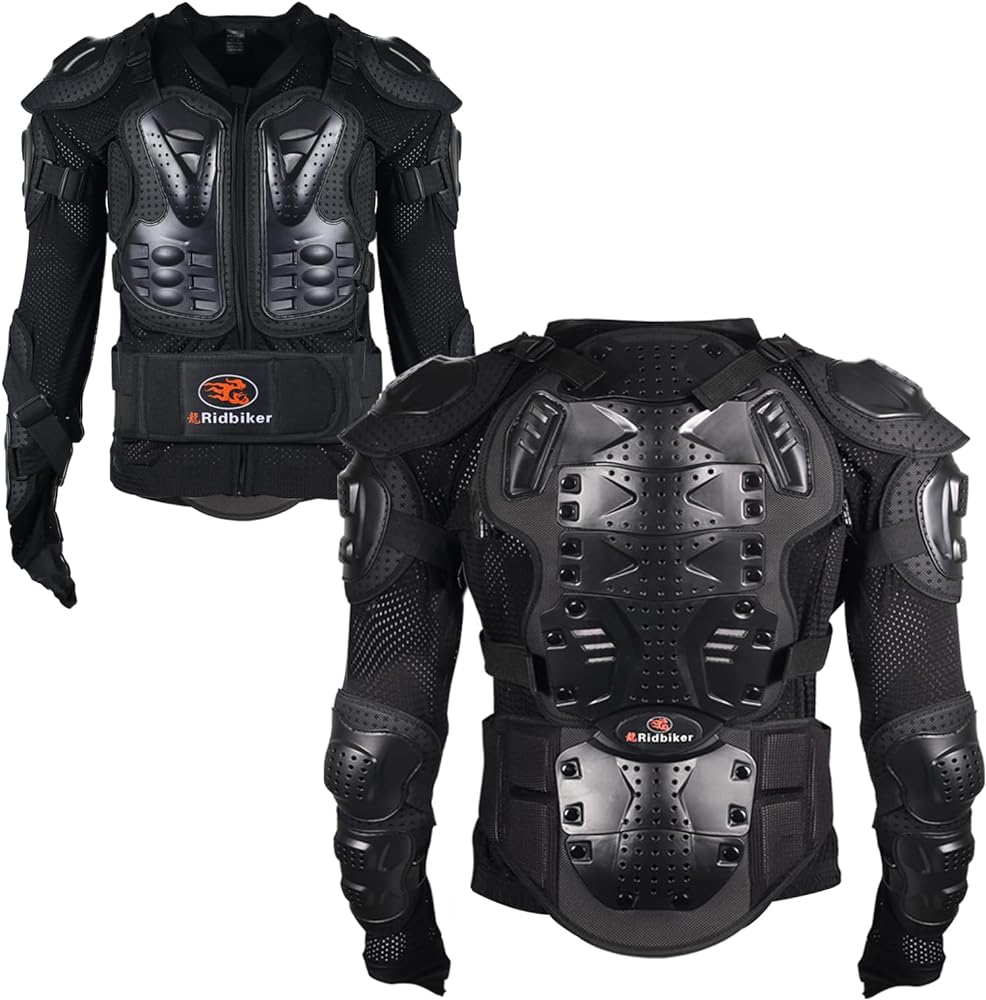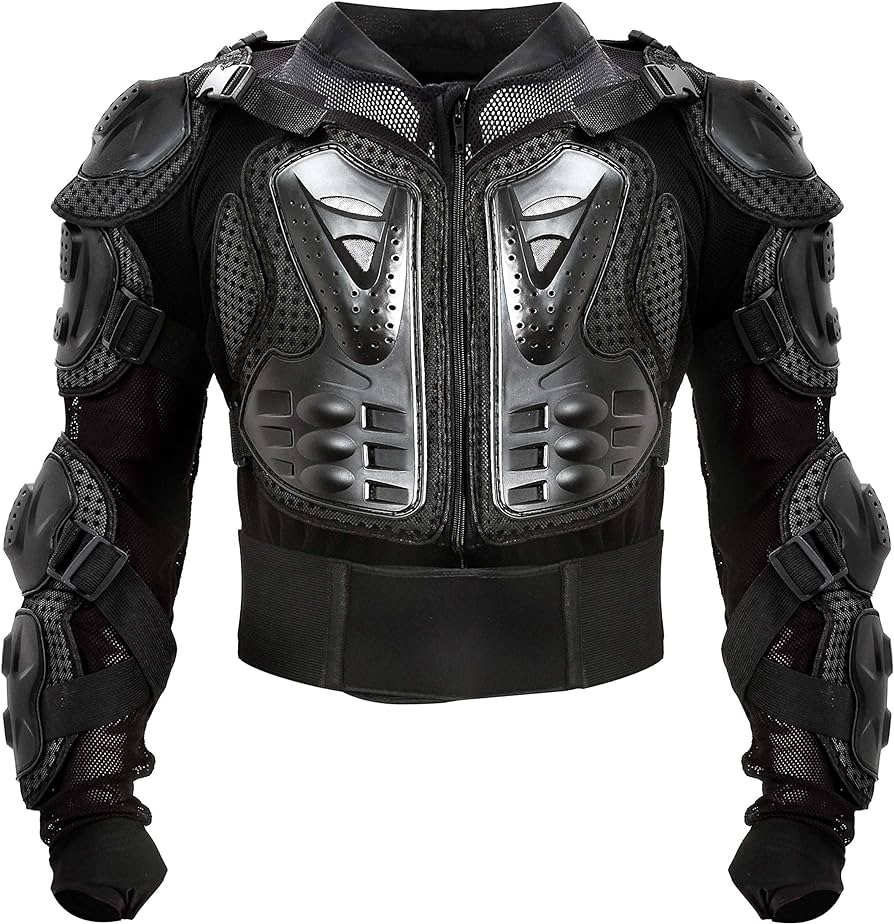Introduction
Motorcycle safety gear is not merely a fashion statement; it plays a vital role in protecting the rider from potential injuries and ensuring a safe riding experience. The inherent risks associated with motorcycle riding necessitate the use of proper safety gear to mitigate the potential consequences of accidents or falls. In this comprehensive guide, we will explore the importance of motorcycle safety gear and delve into the specific ways in which it safeguards the rider. By understanding the significance of safety gear, riders can make informed choices and prioritize their well-being on the road.

Why is motorcycle safety gear important?
I. Mitigating Injuries: The Fundamental Purpose
-
Minimizing Head Trauma:
- Helmets are the cornerstone of motorcycle safety gear. They provide crucial protection to the rider’s head, reducing the risk of traumatic brain injuries, skull fractures, and fatalities in the event of a crash or impact.
-
Protecting the Body:
- Safety gear such as jackets, pants, gloves, and boots are designed to minimize injuries from abrasions, lacerations, and fractures. They act as a shield against road rash, debris, and potential impact during falls or collisions.

II. Physical Protection: Shielding Against External Factors
-
Impact Protection:
- Safety gear, particularly armor inserts or padding incorporated into jackets, pants, and gloves, offers impact resistance. These components disperse and absorb the force of impacts, reducing the risk of serious injuries to specific areas of the body.
-
Abrasion Resistance:
- Motorcycle-specific clothing made from durable materials like leather, textile, or Kevlar® are designed to withstand abrasion and minimize road rash in the event of a slide along the pavement. These materials prevent direct contact between the rider’s skin and the road surface, reducing the severity of injuries.
-
Weather Protection:
- Safety gear serves as a barrier against adverse weather conditions. Jackets and pants with weatherproof features or removable liners keep riders dry and insulated in rainy or cold weather, preventing discomfort or distraction that may compromise safety.
III. Enhancing Visibility: Promoting Awareness on the Road
-
Reflective Features:
- Safety gear with reflective elements significantly improves visibility, especially during low-light conditions or when riding at night. These reflective features increase the likelihood of other motorists detecting and perceiving the presence of a motorcyclist, thereby reducing the risk of accidents.
-
High-Visibility Colours:
- Safety gear incorporating high-visibility colors, such as bright neon hues or fluorescent shades, increases the rider’s visibility to others on the road. This heightened visibility improves the likelihood of early recognition, reducing the risk of collisions due to other road users failing to notice the motorcyclist.

IV. Comfort and Focus: Optimal Riding Experience
-
Comfortable Riding Posture:
- Safety gear, such as motorcycle jackets and pants, is designed with ergonomic considerations in mind. They offer freedom of movement, flexibility, and ventilation that enhance comfort during rides, allowing riders to maintain focus and concentration on the road.
-
Protection from Elements:
- Safety gear protects riders from adverse weather conditions, shielding them from rain, wind, extreme temperatures, or excessive exposure to sunlight. By maintaining a comfortable and protected riding environment, safety gear contributes to a more enjoyable and distraction-free ride.
V. Legal Requirements and Compliance
-
Legal Obligations:
- Many jurisdictions have specific laws and regulations mandating the use of safety gear, including helmets and protective clothing. Compliance with these legal requirements ensures not only the rider’s safety but also avoids potential fines or penalties.
-
Insurance Coverage:
- Some insurance policies may stipulate that the use of safety gear is a prerequisite for coverage in the event of an accident. Adhering to these guidelines ensures that riders have the necessary protection and financial support in case of injuries or damages.
VI. Setting an Example: Influencing Others
-
Promoting Safety Culture:
- By consistently wearing safety gear, riders influence others within the motorcycle community and set a positive example for responsible riding behaviors. Encouraging the use of safety gear as a standard practice fosters a safety-focused culture that benefits all motorcyclists.
-
Inspiration for New Riders:
- Riders who consistently wear safety gear, demonstrate their commitment to safety, and share their experiences can motivate novice riders to prioritize their safety on the road. Employing safety gear becomes an inherent part of their motorcycle journey from the outset.

VIII. Maintenance and Replacement
-
Regular Inspection:
- Regularly inspect your safety gear for any signs of wear, tear, or damage. Pay close attention to helmets for cracks or other structural issues, clothing for worn-out materials, and gloves and boots for fraying or compromised protection. Proper maintenance and prompt replacement of damaged gear are essential to ensure continued effectiveness.
-
Helmet Replacement:
- Helmets should be replaced after any significant impact, even if no visible damage is apparent. The structural integrity of the helmet may be compromised, decreasing its ability to protect in subsequent accidents. Additionally, helmets have an expiration date specified by the manufacturer due to the degradation of materials over time. Adhere to these guidelines and replace your helmet accordingly.
-
Clothing and Gear Care:
- Follow the manufacturer’s instructions for cleaning and caring for your safety gear. Proper care helps maintain its functionality, durability, and overall performance. Avoid using harsh chemicals or abrasive cleaners that can damage the protective properties of the materials. Regularly clean and dry your gear to prevent the growth of bacteria or mold.
-
Fit and Adjustment:
- Periodically reassess the fit of your safety gear, especially as your body may change over time. Ensure that helmets fit snugly without being overly tight, and clothing and gloves provide a comfortable yet secure fit. Adjust straps, buckles, and closures to maintain optimal support and protection.
IX. Importance of Comprehensive Gear Usage
-
Every Ride, Every Time:
- Make it a habit to wear safety gear every time you ride, regardless of the distance or purpose of the trip. Even short rides or familiar routes can present unexpected risks, and not wearing safety gear increases the likelihood of severe injuries in case of an accident.
-
Full Coverage:
- Aim for comprehensive coverage with safety gear that protects your head, body, hands, and feet. Each component plays a vital role in safeguarding against specific forms of injury. By investing in and using a complete set of safety gear, you ensure maximum protection in all riding scenarios.
-
Lead by Example:
- Embrace safety gear as a non-negotiable aspect of your riding routine. By consistently wearing and advocating for safety gear, you demonstrate responsibility as a motorcyclist and encourage others to prioritize their own safety.

VII. Conclusion
The importance of motorcycle safety gear cannot be overstated. It serves as a critical line of defense against potential injuries by minimizing head trauma, protecting the body from impact and abrasions, enhancing visibility, and ensuring comfort throughout the ride. Wearing safety gear not only fulfills legal obligations but also promotes a safety-conscious culture within the motorcycle community. By instilling a sense of responsibility and setting a positive example, riders can inspire others to prioritize their safety and well-being on the road. Embracing safety gear not only reduces the severity of injuries but also allows riders to confidently enjoy the unmatched thrill of riding a motorcycle. Let safety gear be an inseparable companion on every journey, safeguarding riders and enabling them to ride with peace of mind.
